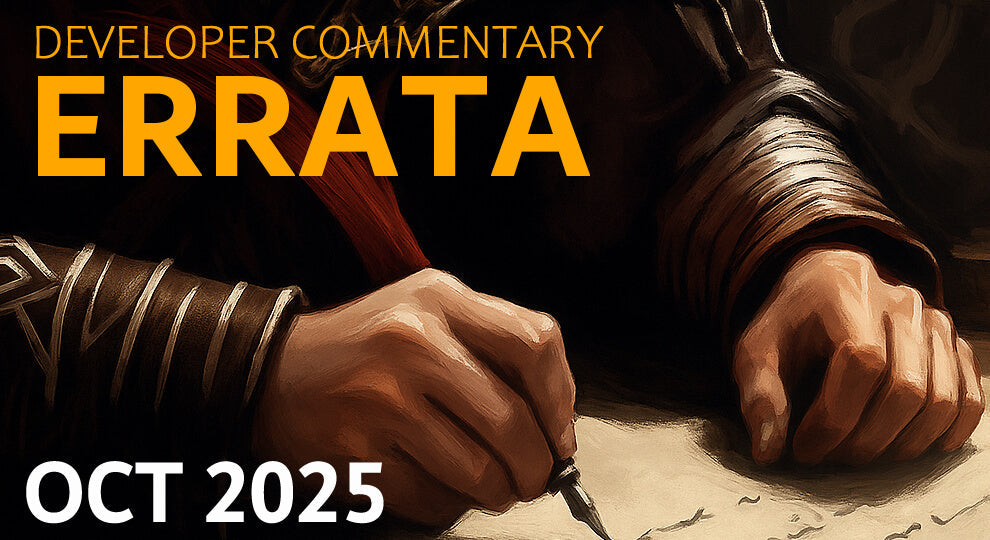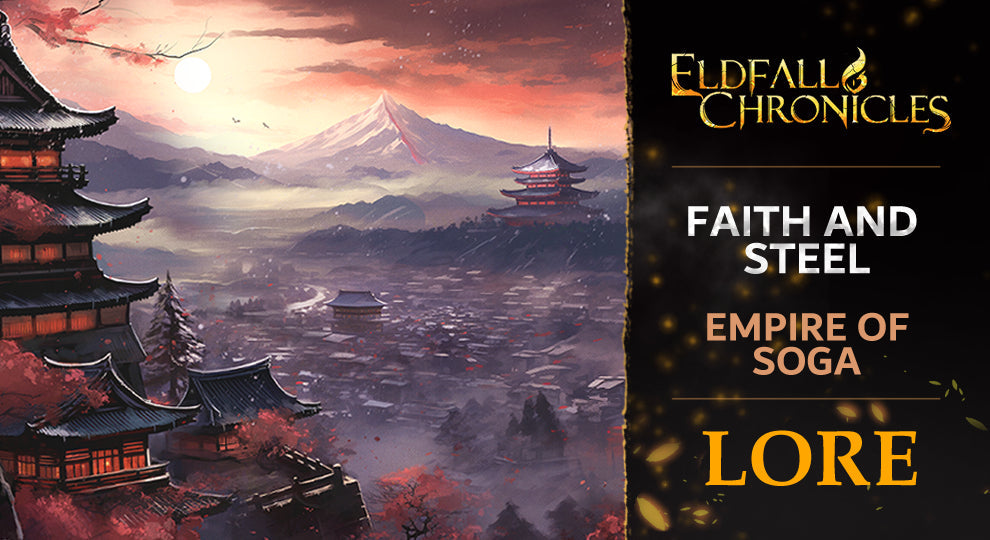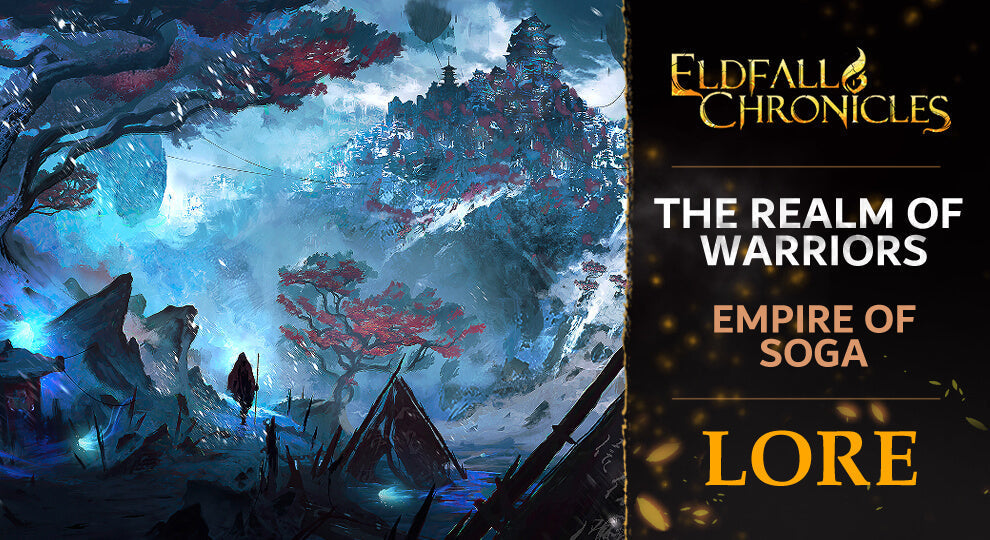Design Notes: Onitaoshi
The Empire of Soga – Faction Design
When it comes to the Empire of Soga, it’s not hard to spot the inspiration: the faction draws heavily from late medieval and feudal Japan.
During the design process, we considered how such a culture might naturally evolve within the world of Eldfall Chronicles, using real-world historical progression as a loose framework. We were mindful not to cherry-pick random elements from different eras and simply mash them together. Instead, we aimed for cohesion—choosing clothing and armor pieces that could logically coexist in the same period or, at the very least, feel like a believable extension of each other.
Importantly, we didn’t want to romanticize or generalize East Asian aesthetics. As students of history and East-Asian studies ourselves, our goal was to create a realistic portrayal of a Japan-inspired faction—grounded, cohesive, and immersive. Of course, the setting is fantastical, so we allowed ourselves some creative liberties with magical and stylistic elements.
But enough design philosophy—let’s dive into one of the models I’m excited to talk about: the Onitaoshi.
The Onitaoshi – Name and Concept

The name Onitaoshi (鬼斃し) combines oni (鬼), meaning “demon” or “ogre,” with the verb taosu (斃す), meaning “to slay” or “to bring down.” Together, the name means “Demon-Slayer” or “Oni-Feller.”
As the name and lore suggest, the Onitaoshi are elite hunters of large ogroid creatures—especially in the northern, colder regions of the Empire. Since magic is rare among humans in the Empire of Soga, individuals like the Onitaoshi must rely solely on skill, strength, and equipment.
We imagined her as a resolute, highly trained warrior—someone who is rewarded handsomely for her work, and who is equipped to face creatures larger and stronger than herself. Her design reflects that: heavily armored, practical, and purpose-built for survival and success.
Armor and Garments

The underlayers she wears—hitatare and hakama—are typical for Sogan warriors. Her armor is made of lacquered iron and steel, inspired by the tōsei-gusoku class of Japanese armor from the late medieval period (particularly the Sengoku Jidai era).
We tailored the cuirass to better suit her feminine form, improving comfort and wearability without compromising on protection or mobility. The sode (shoulder pauldrons) were left out intentionally to enhance her arm movement, especially given the type of swordplay she performs.
Chainmail, sewn onto a fabric base, covers areas where solid armor wouldn’t be practical. She also wears a manto—a traveling cloak with a fur-lined collar popular among warriors of the late Sengoku period—to protect against the chill of the northern wilderness.
Aside from her uncovered head (which we left exposed mainly for aesthetic reasons—though we may add a helmet variant later), she’s one of the most heavily armored characters in the early game.
Weapons and Combat Style
For everyday use and close quarters, she carries a short sword at her hip. But her true weapon is the Ōdachi, a greatsword she usually carries on her back.
(Note: Drawing such a large weapon mid-combat is highly impractical—so, as with real-world practice, she would typically ready it before battle.)
The Ōdachi is ideal for slashing through large or lightly-armored foes, dealing deep and potentially bleeding wounds. In gameplay, this translates to increased melee reach, allowing her to engage multiple enemies at once while inflicting significant damage.
The Sculpt
Our sculptor did an amazing job capturing her in motion—caught in the act of launching herself from a shimohassō stance (a classic katana draw-and-strike posture). The dynamic flow and detail really brought the concept to life, and it’s always satisfying to see scribbled sketches turn into something this refined and characterful.
Stat Card Sneak Peek
While her full rules are still under wraps, here’s a sneak peek at her Onitaoshi stat card—just enough to get a feel for her gameplay potential. Keep an eye out for more reveals soon!
That’s all for this entry—thanks for reading!
Let us know if you'd like more behind-the-scenes design content like this.
Have a great week!
– Žiga




